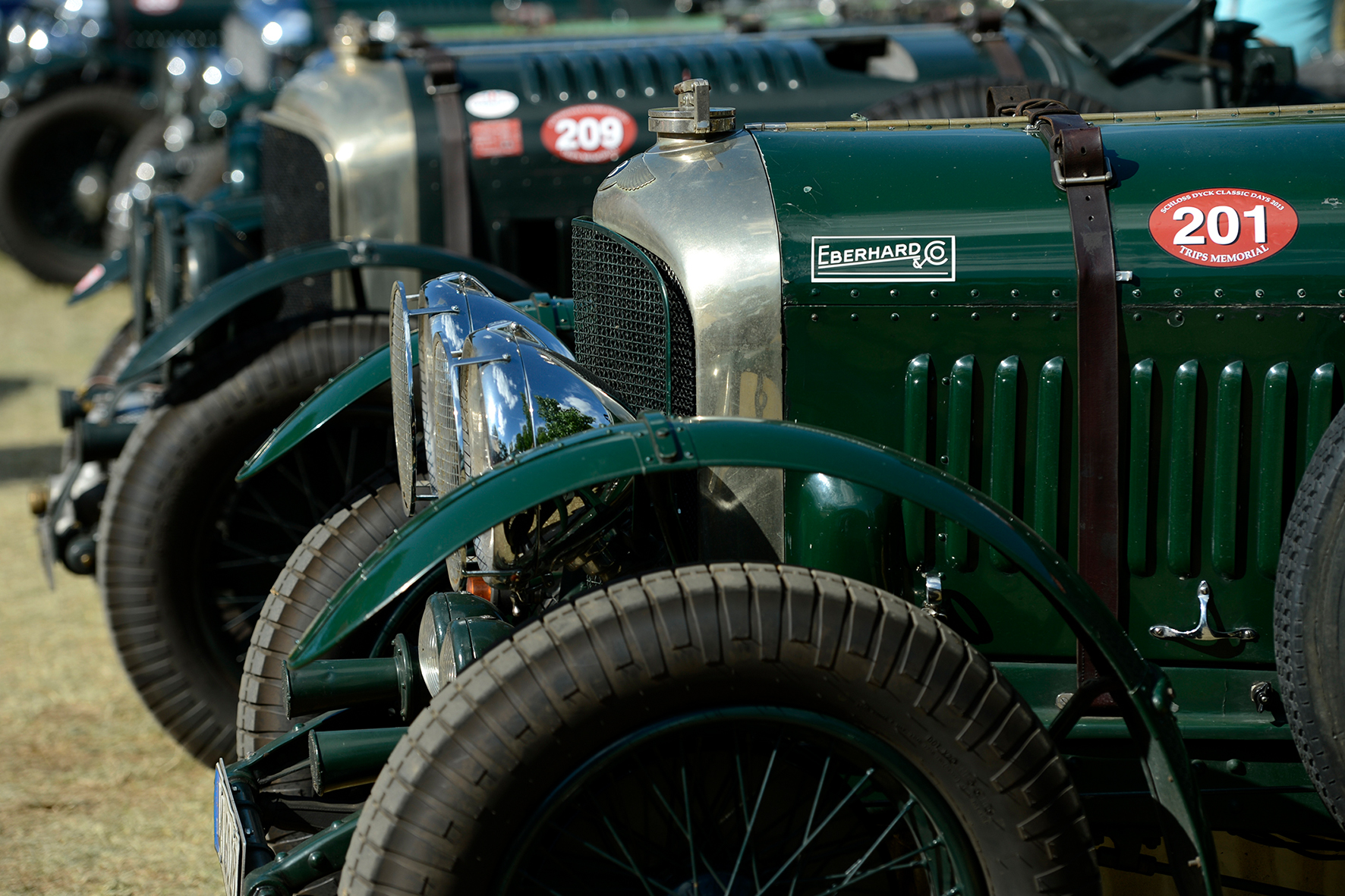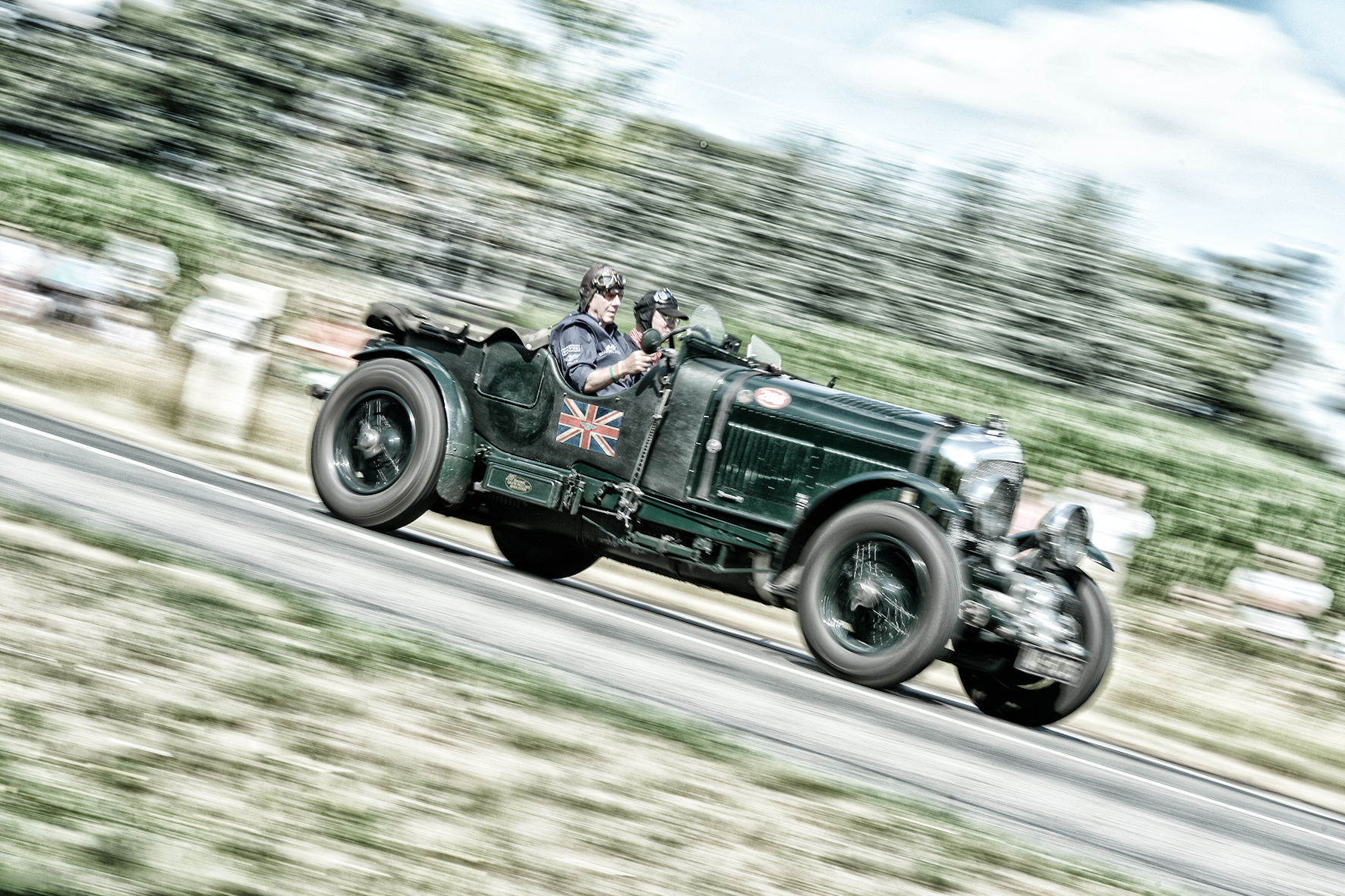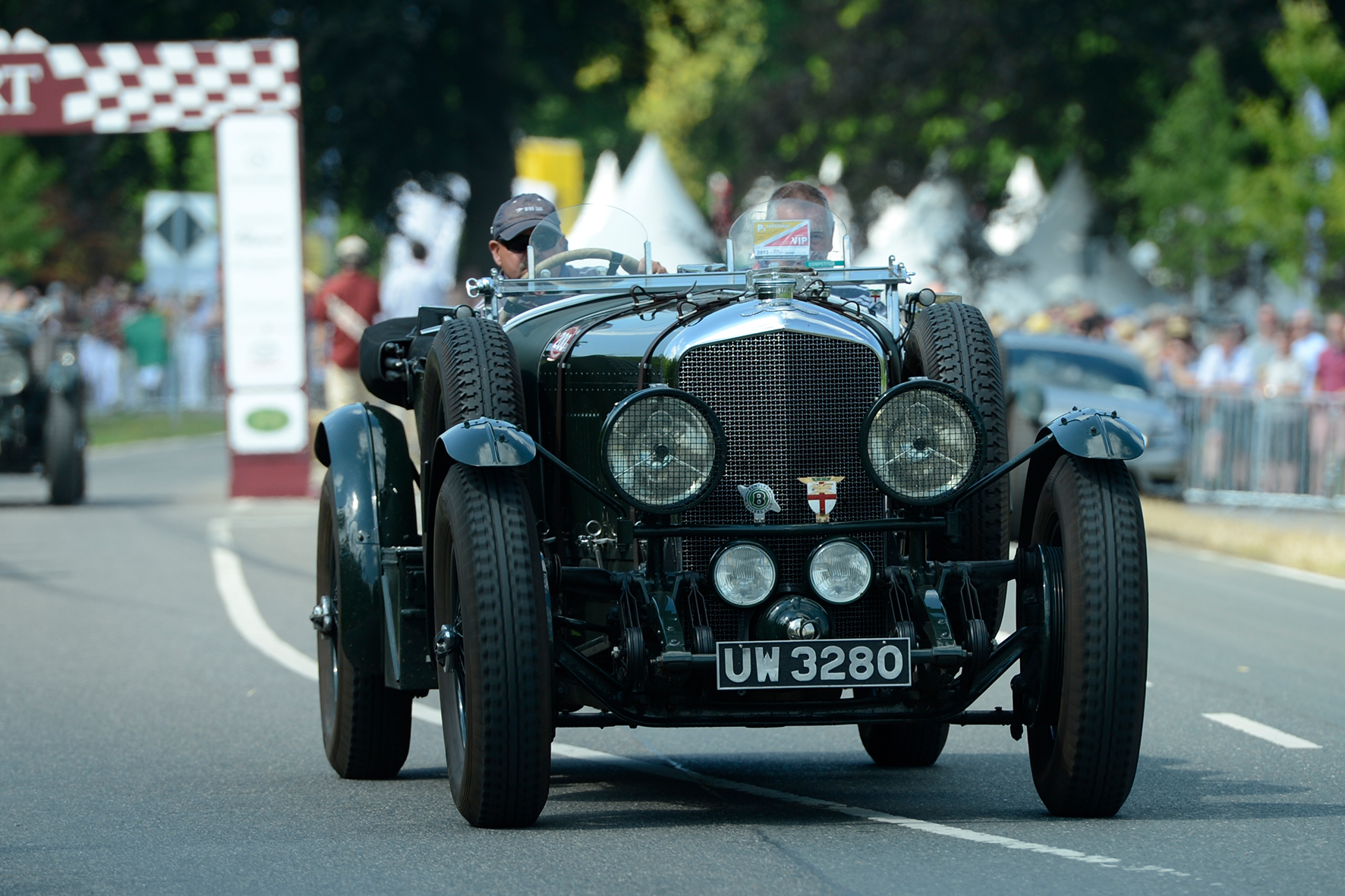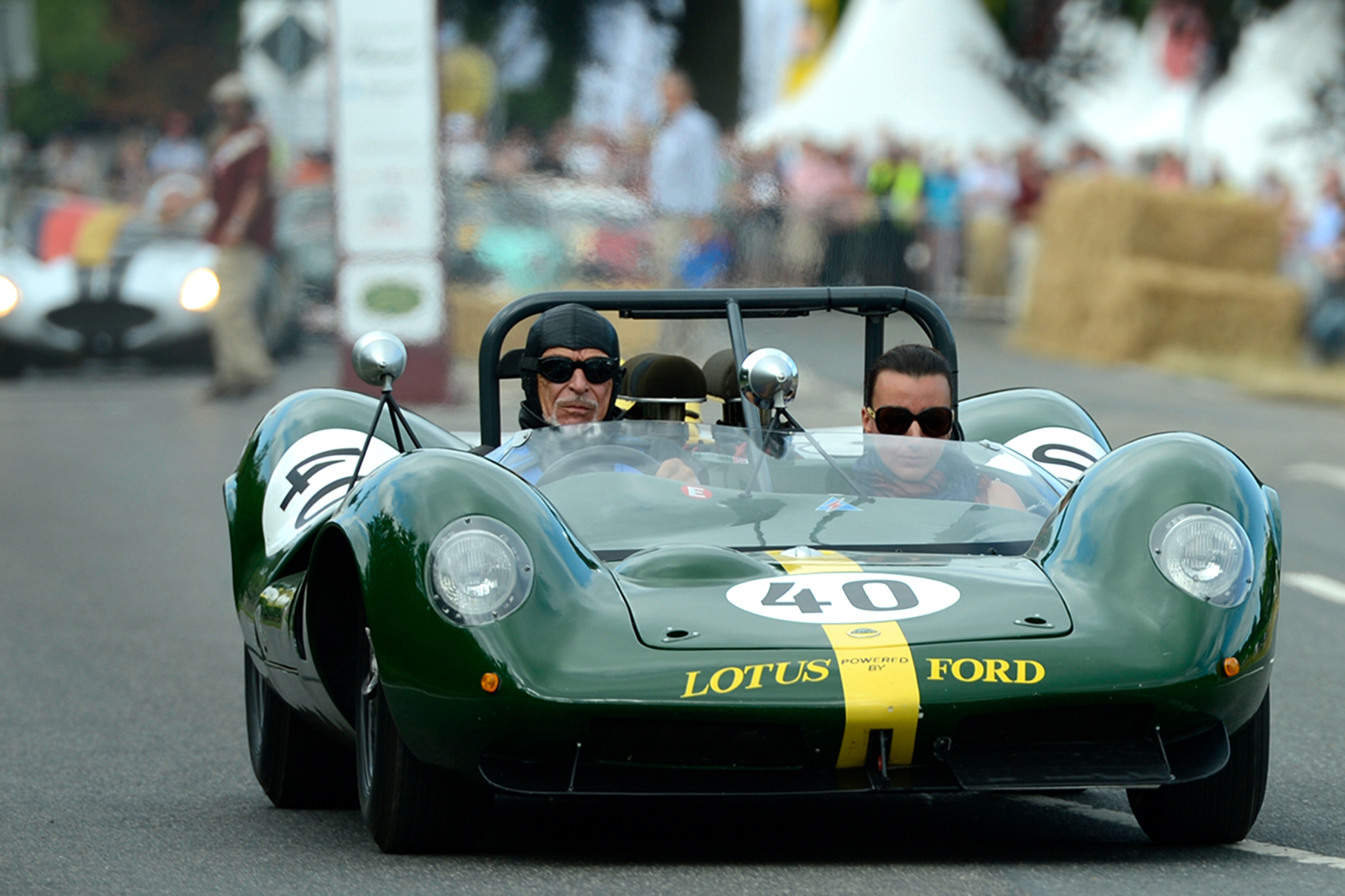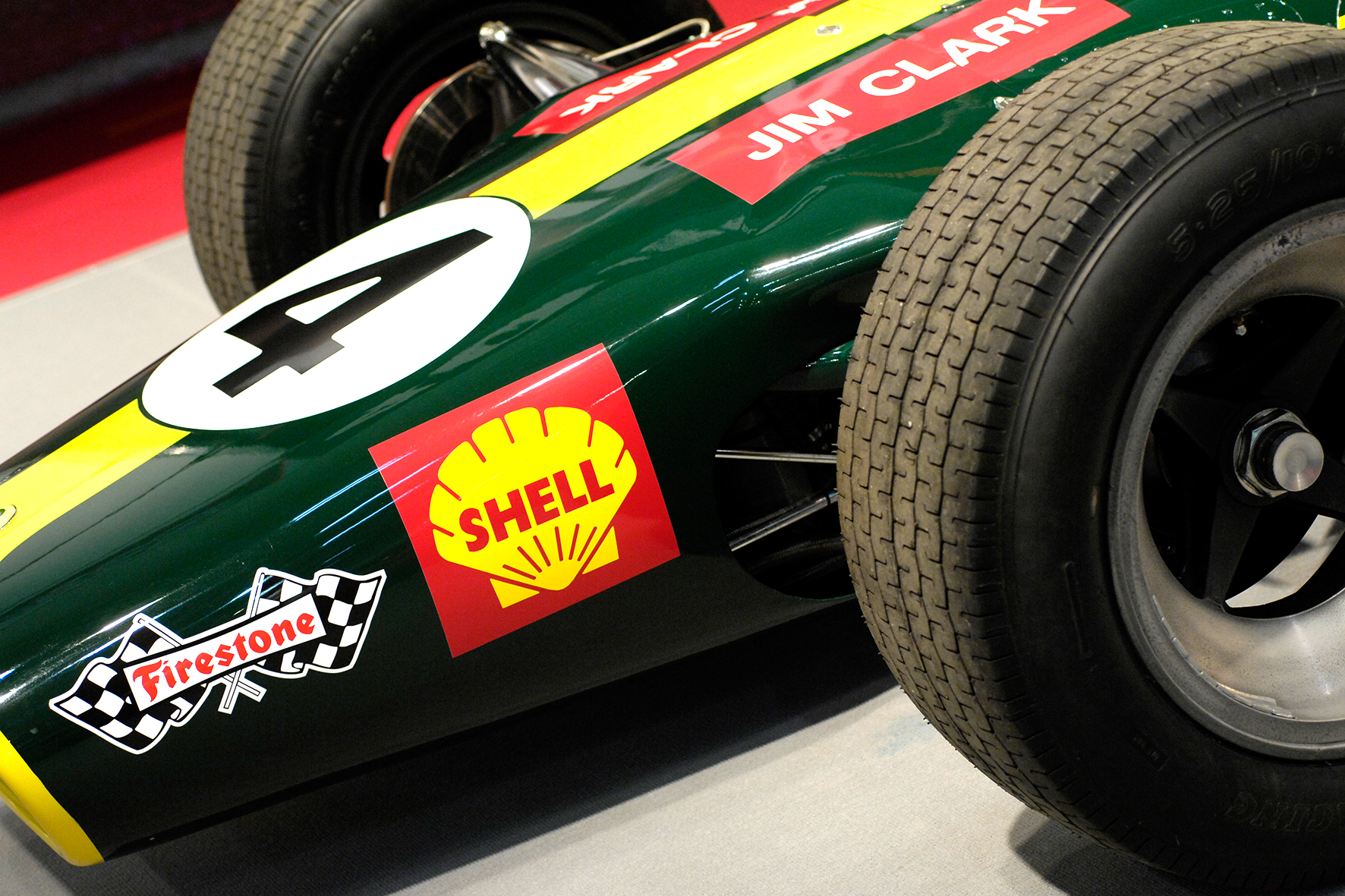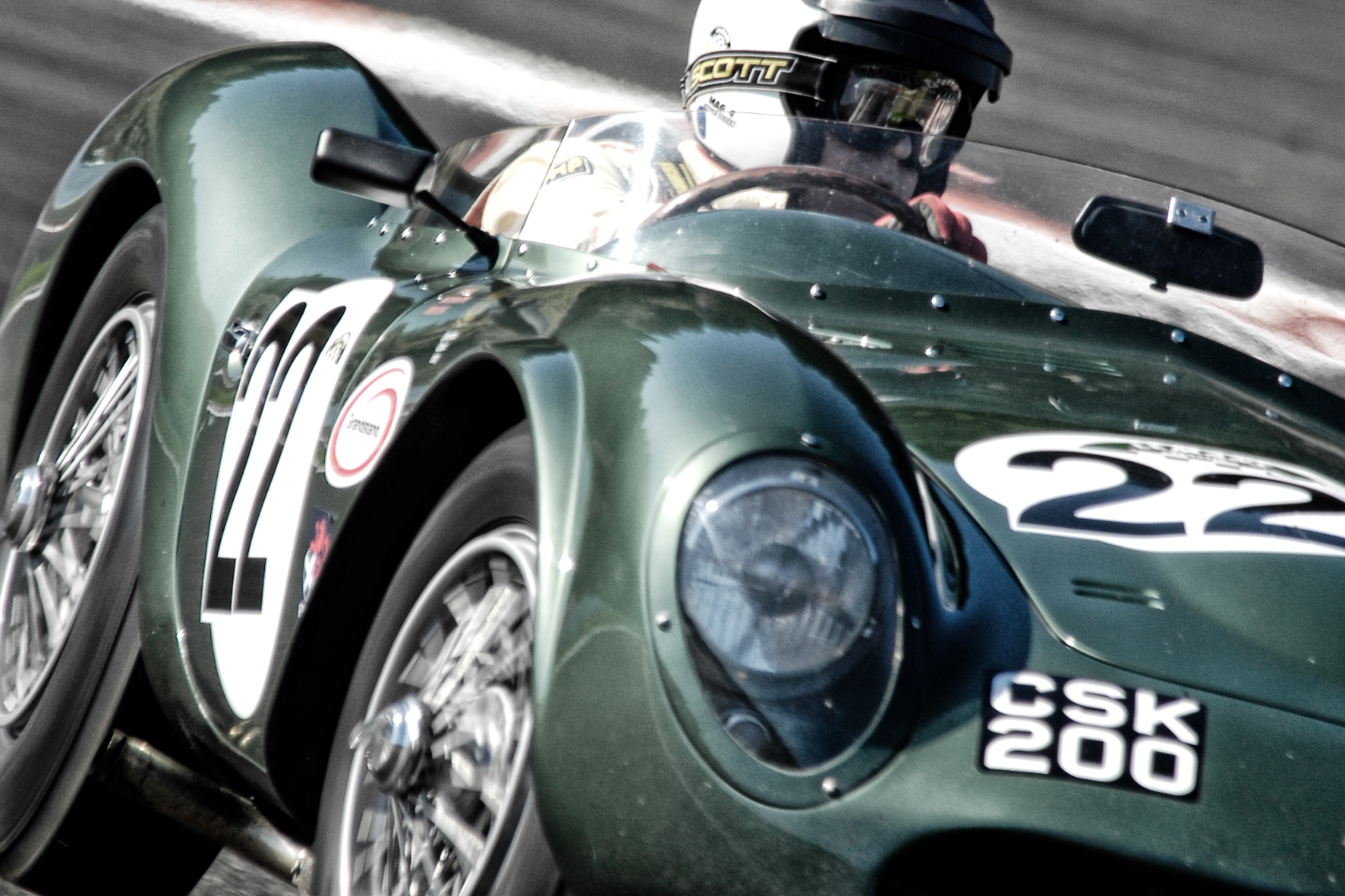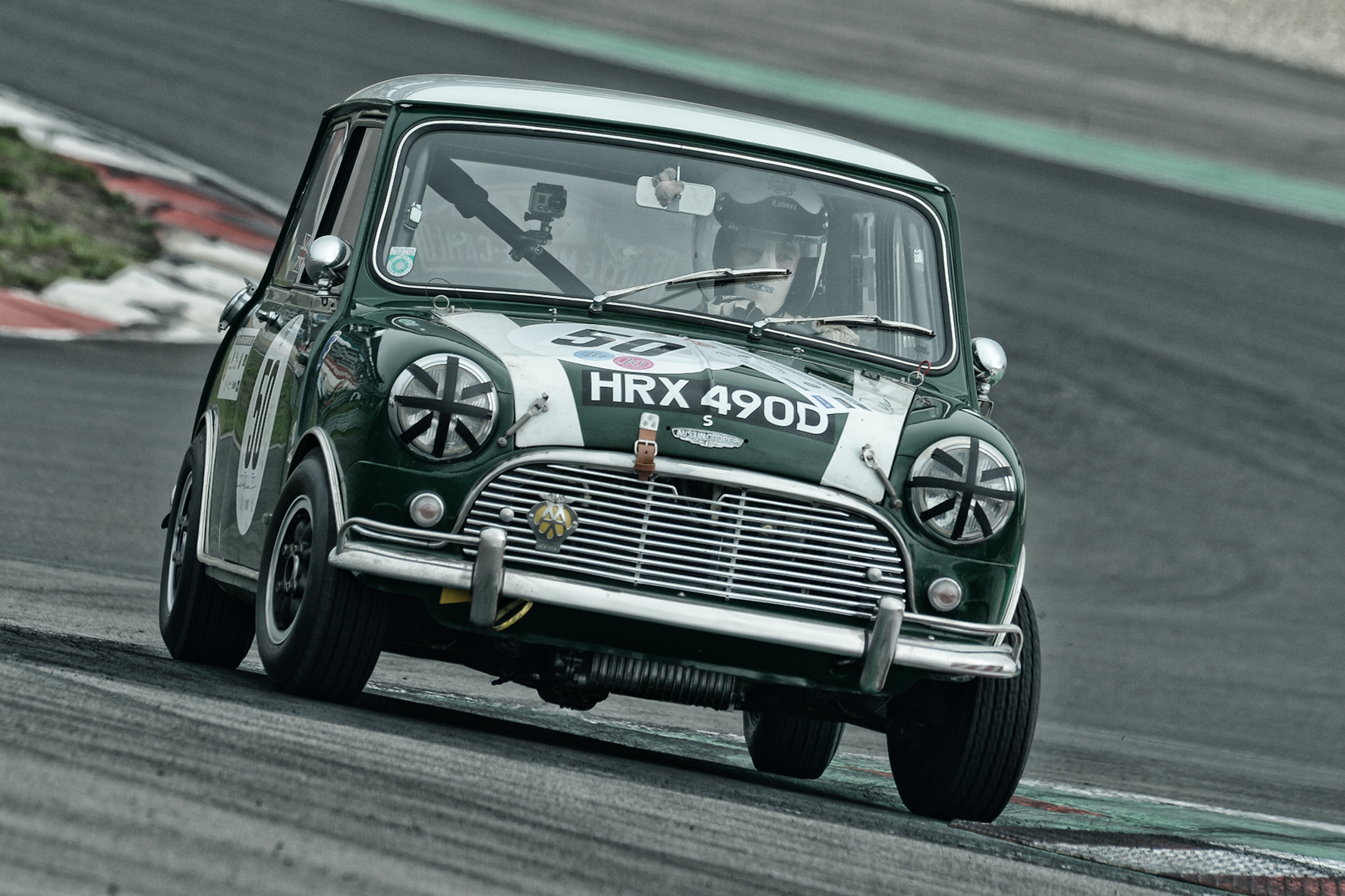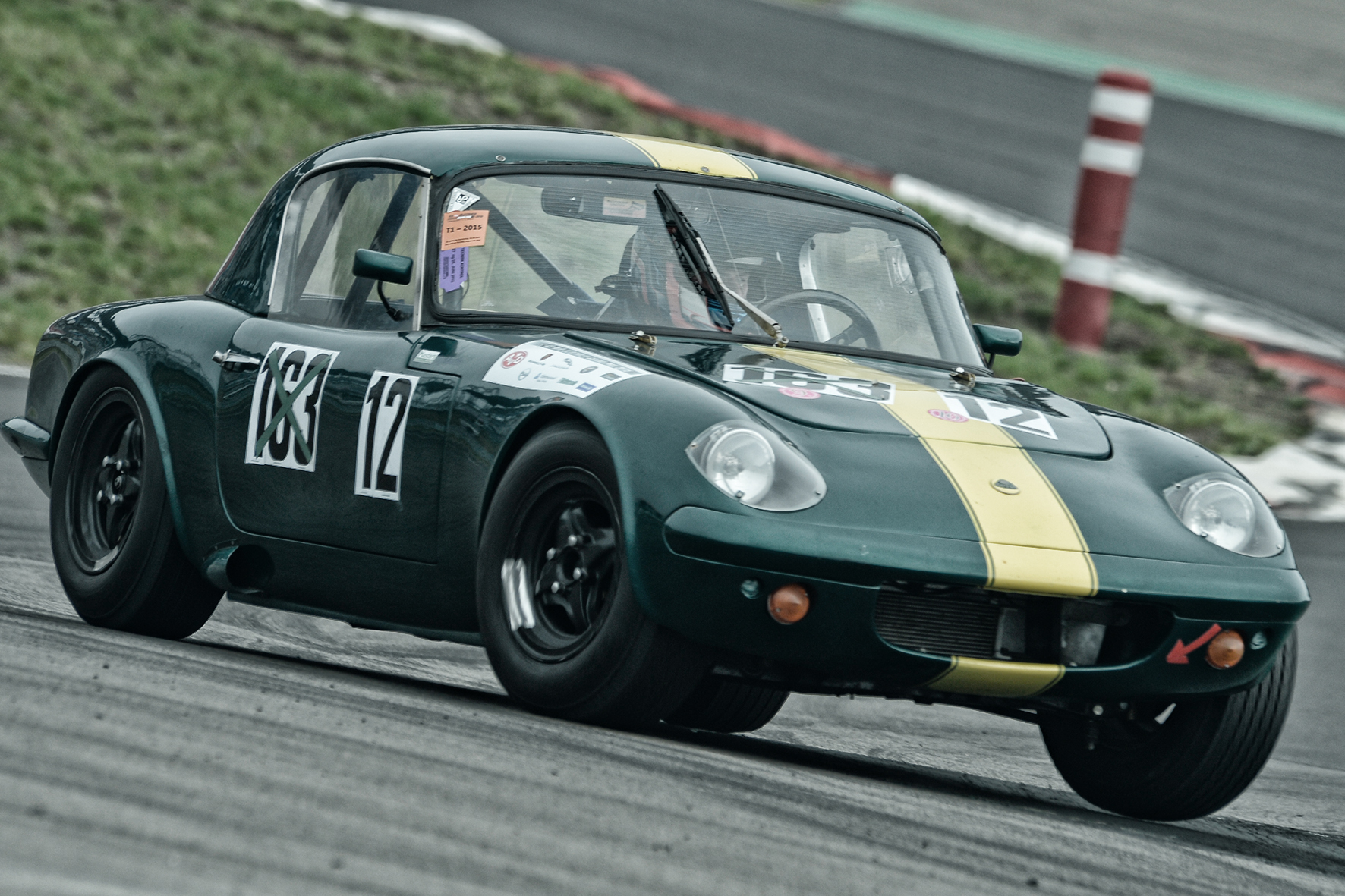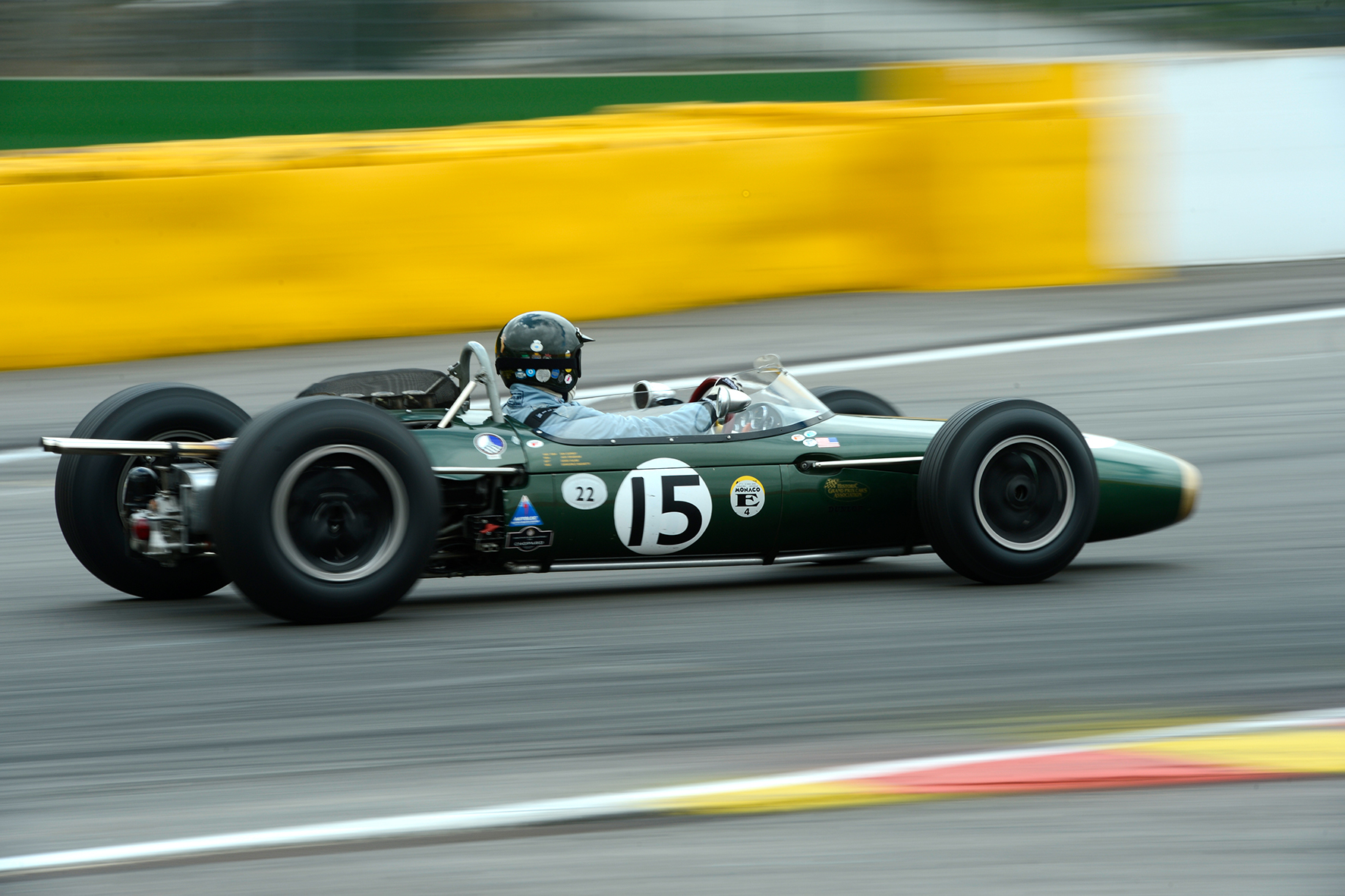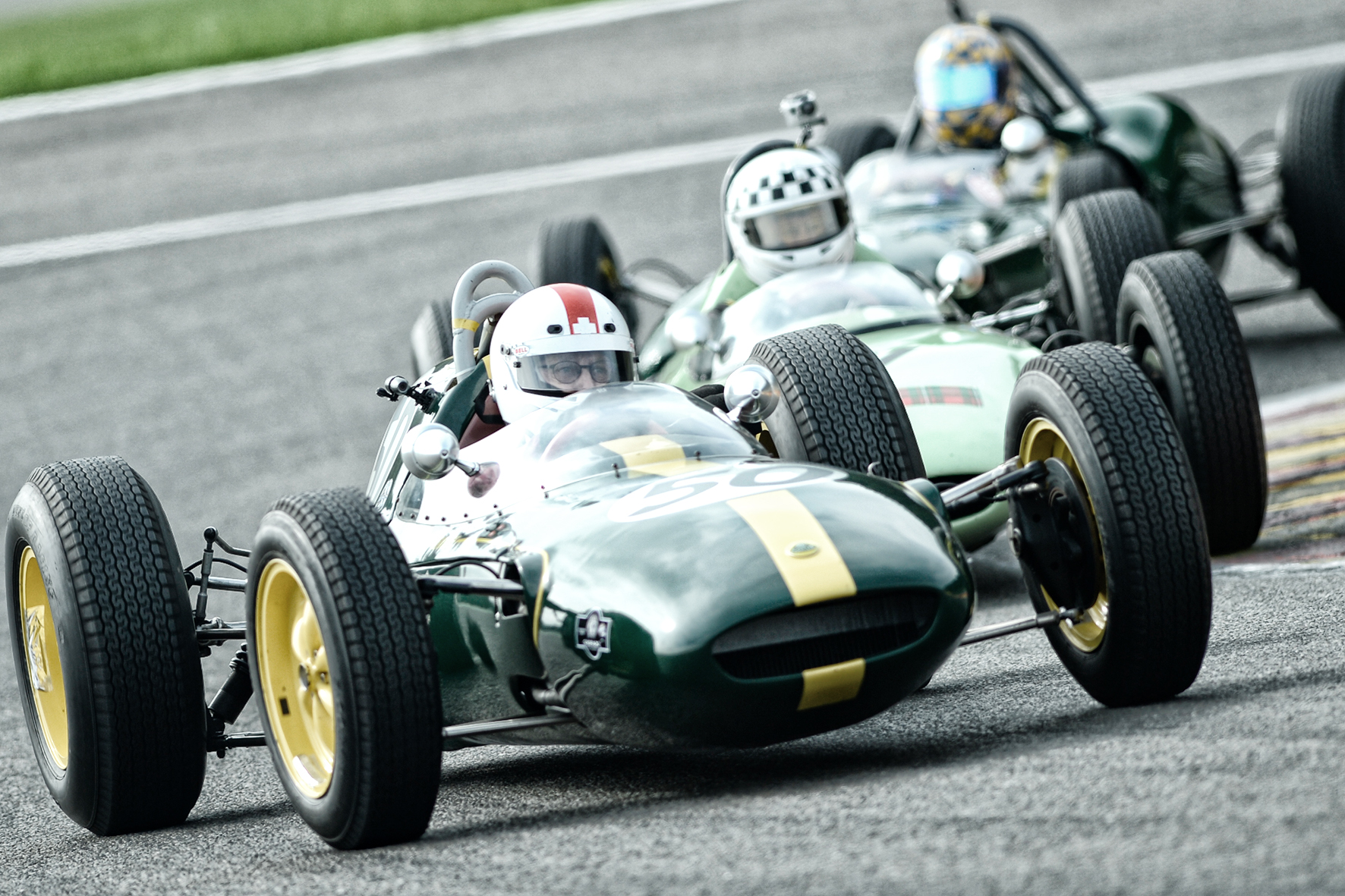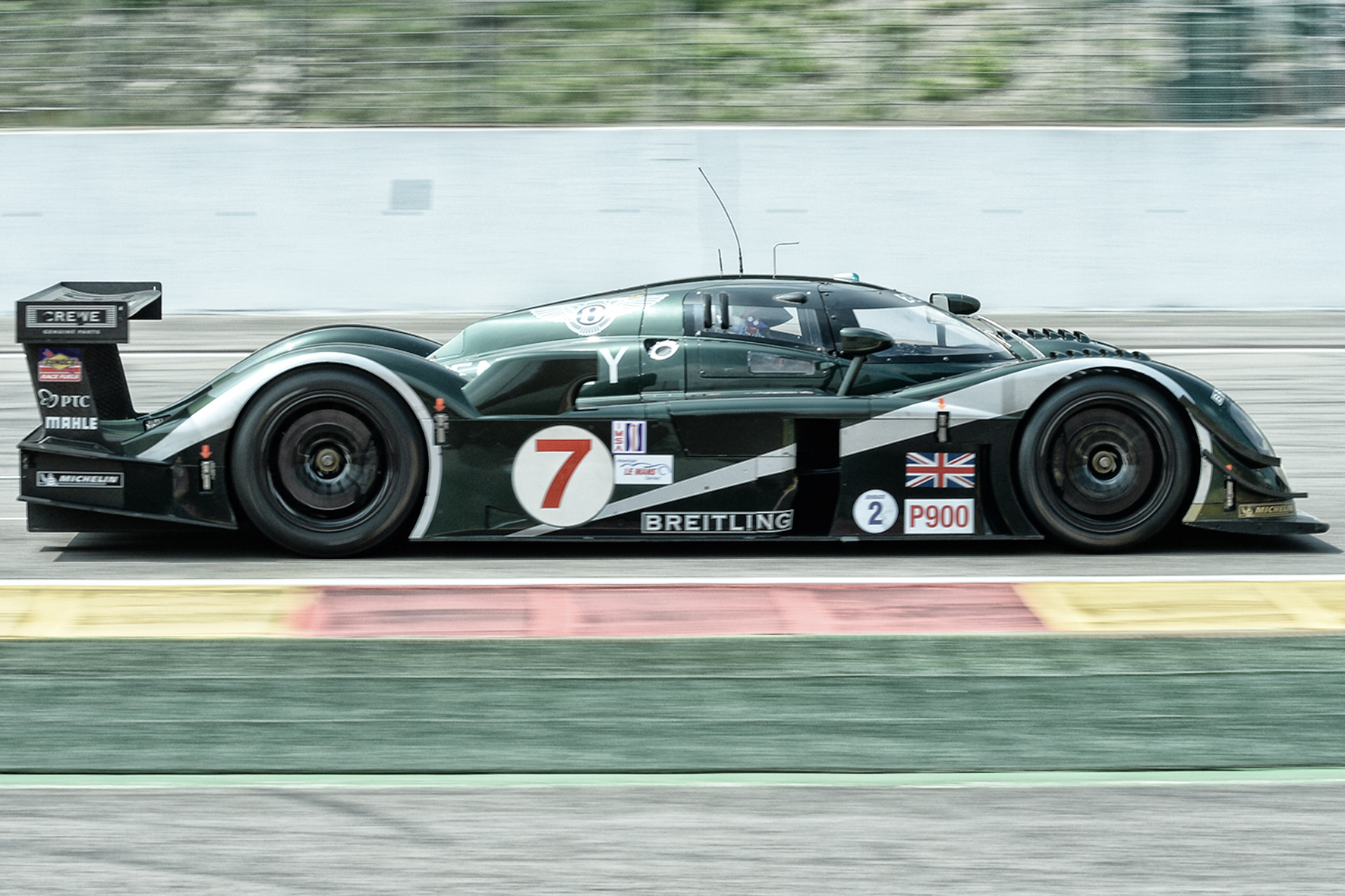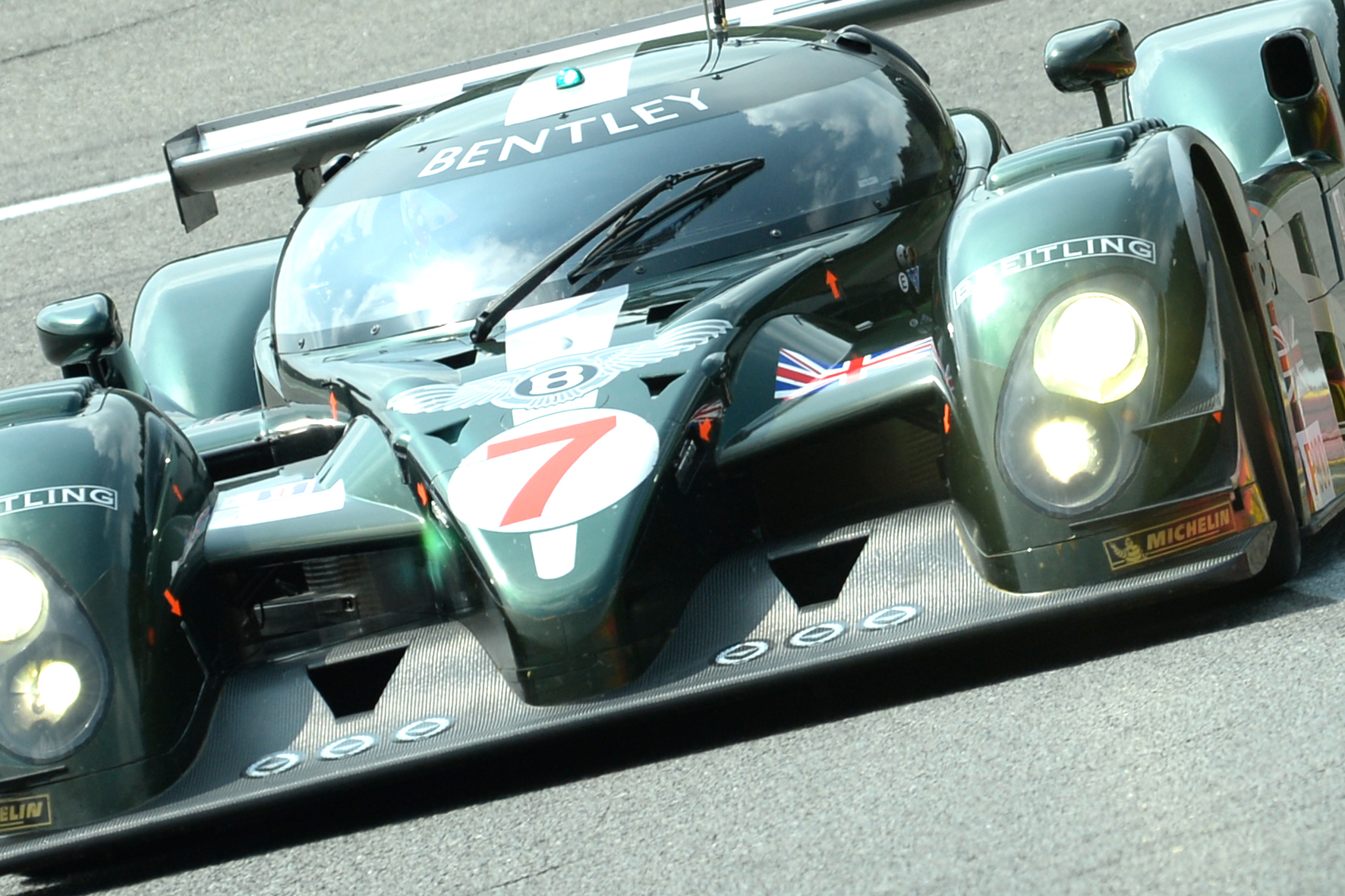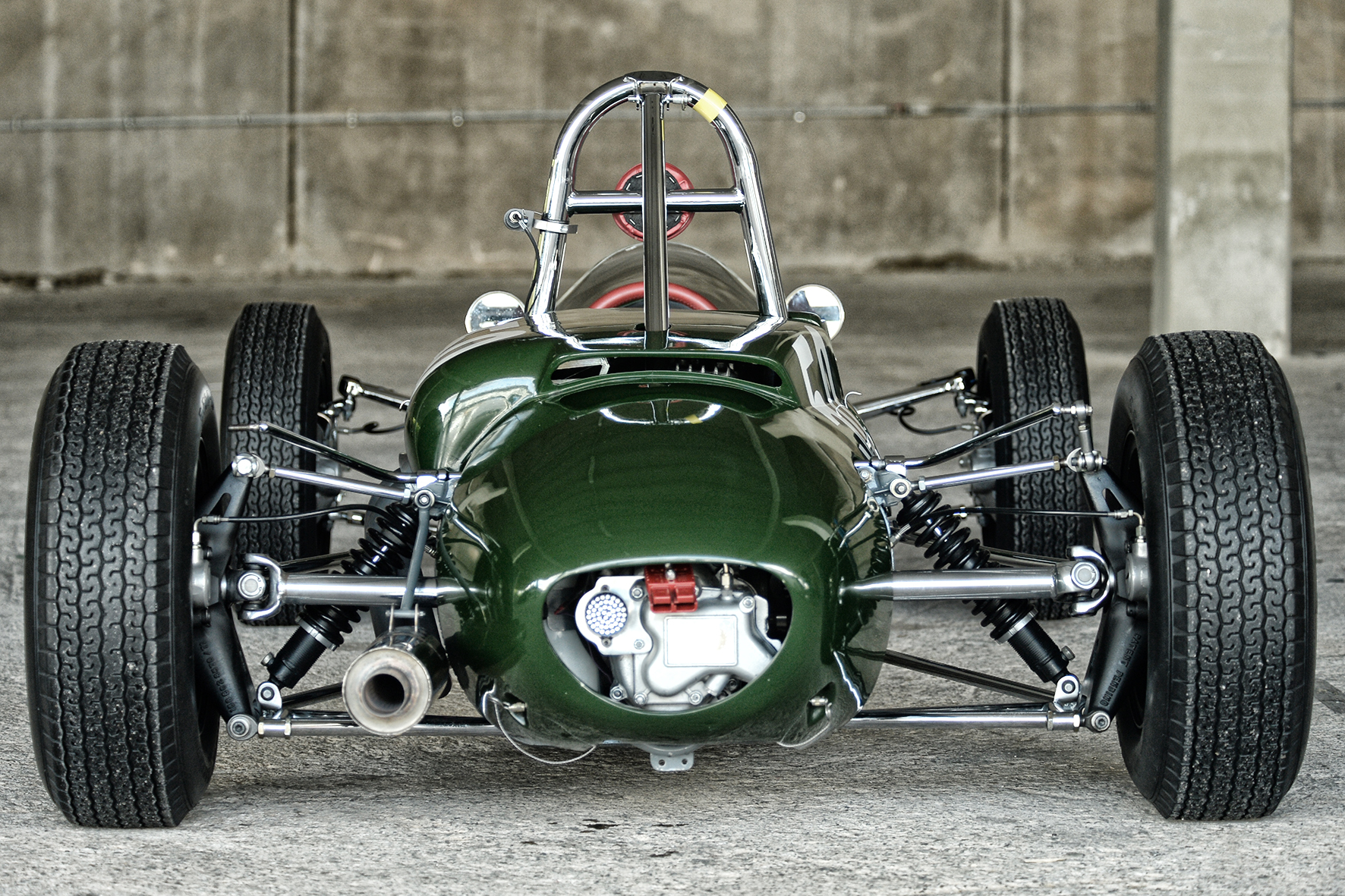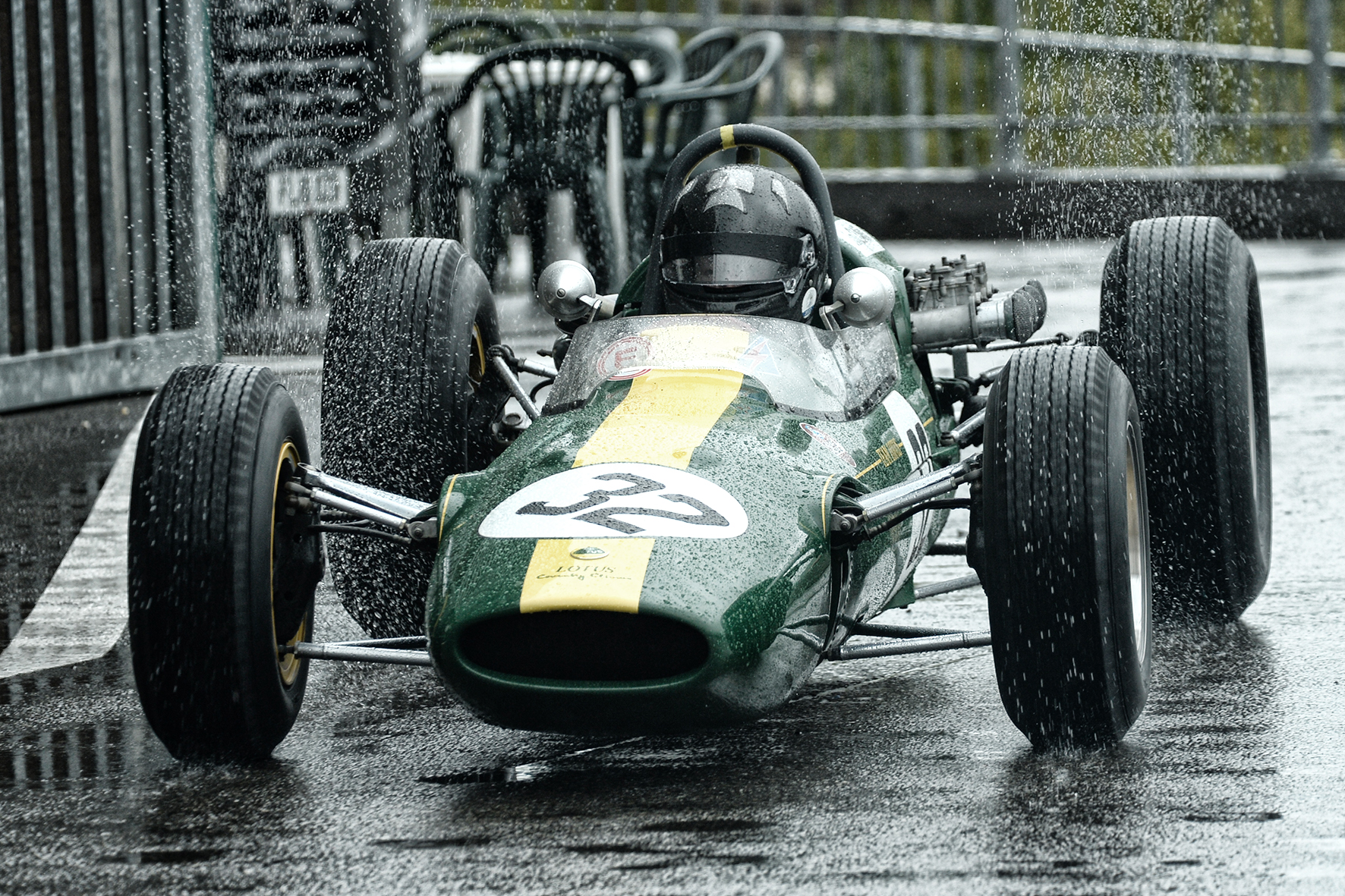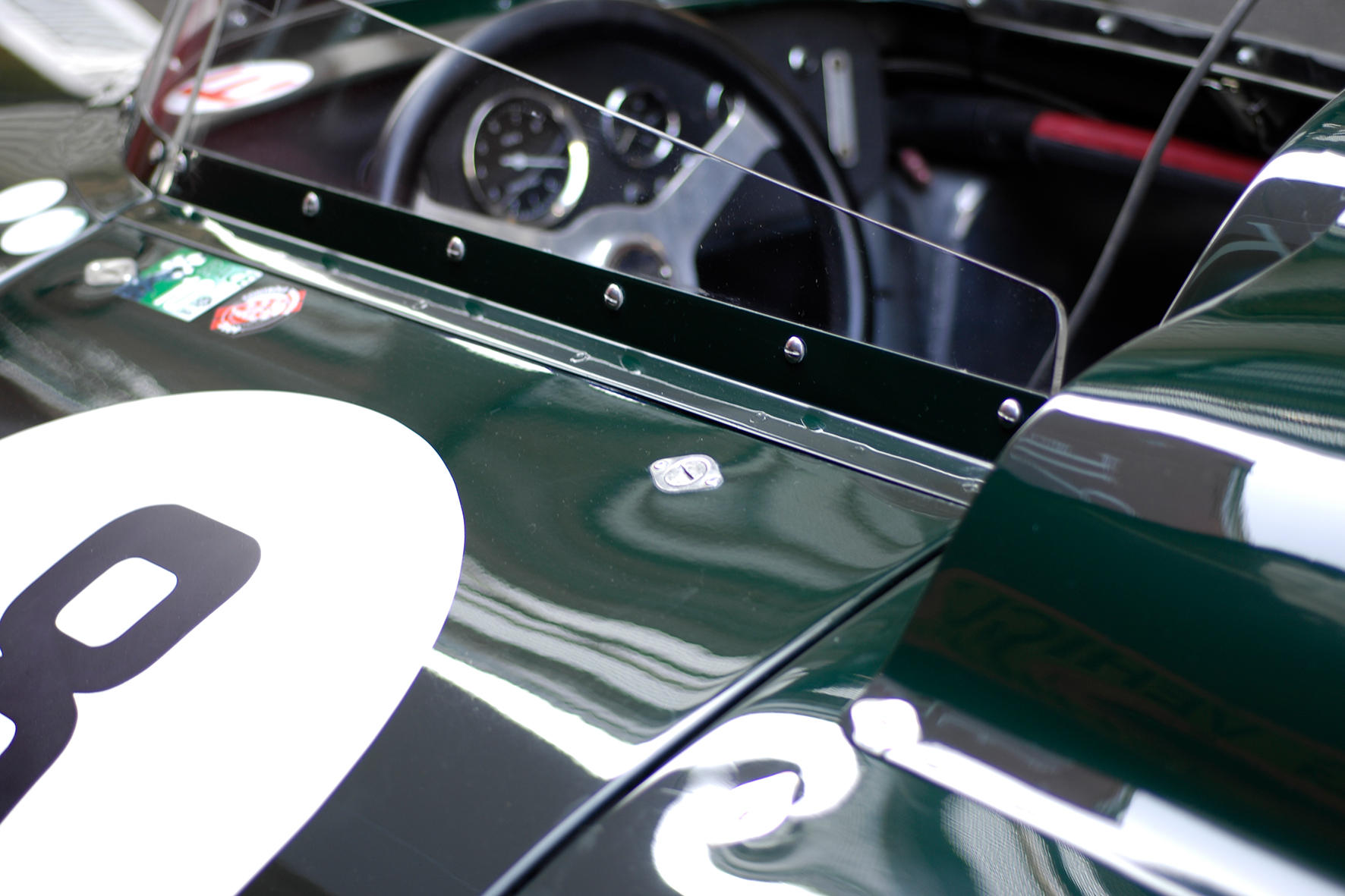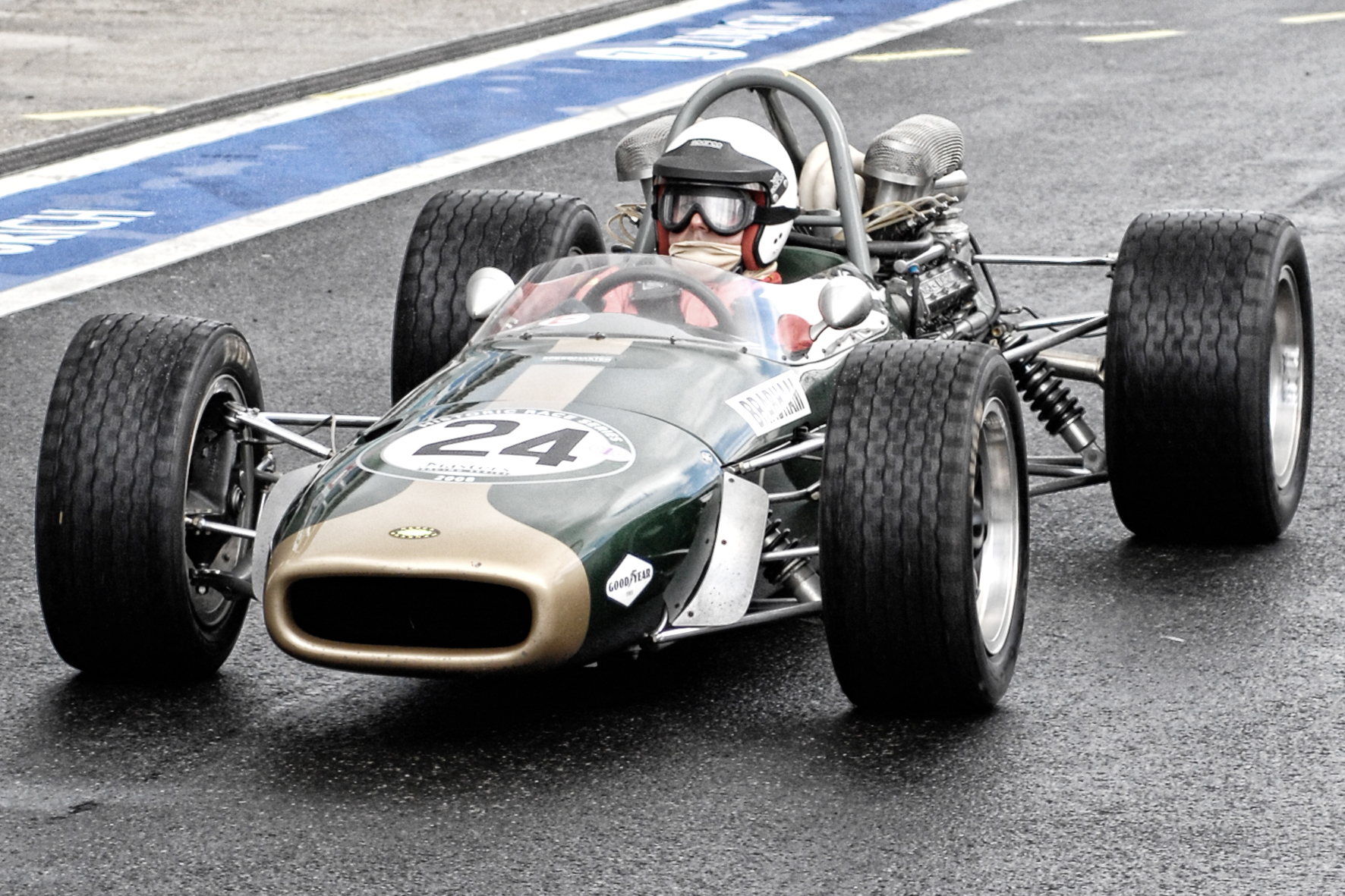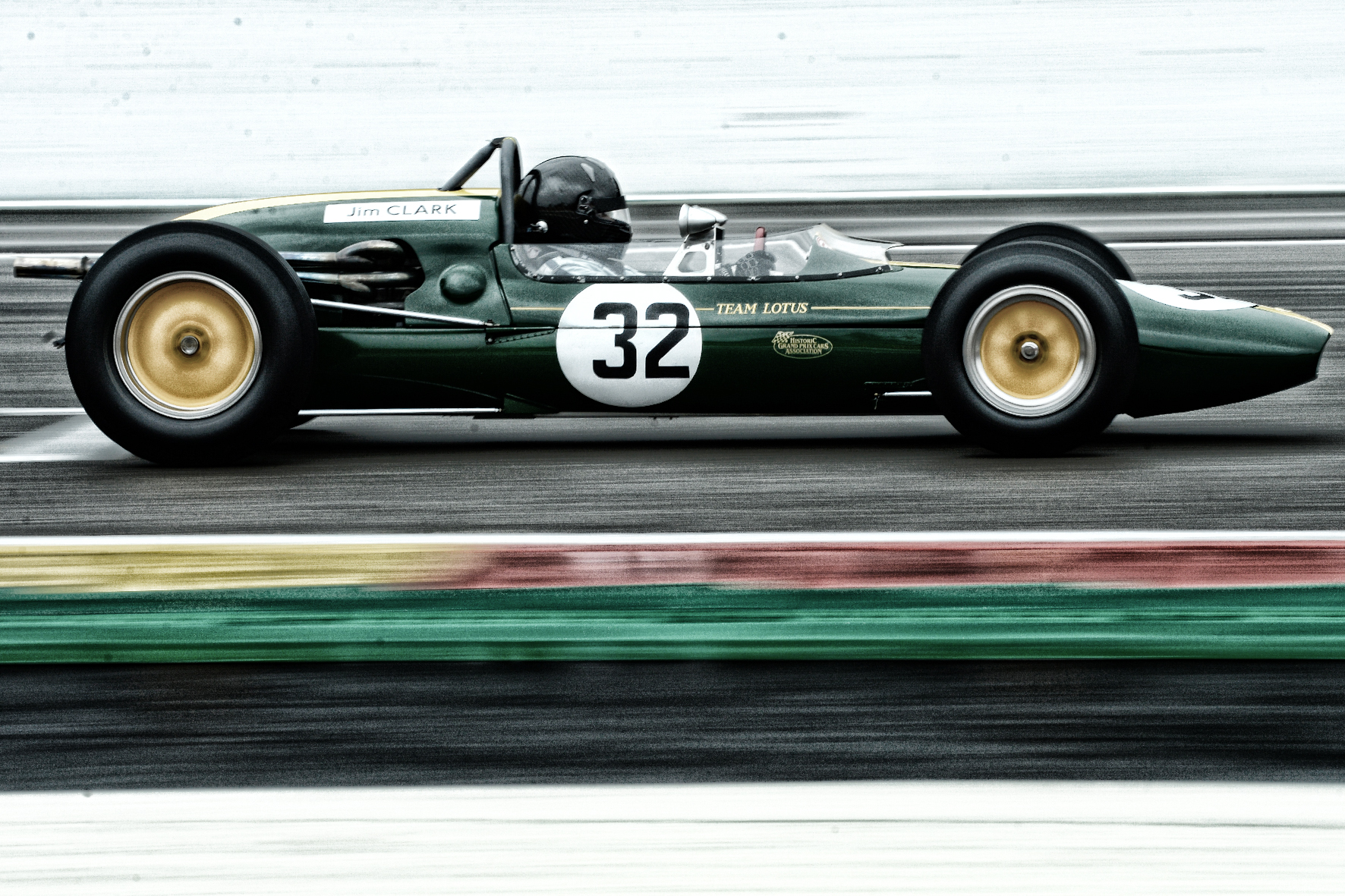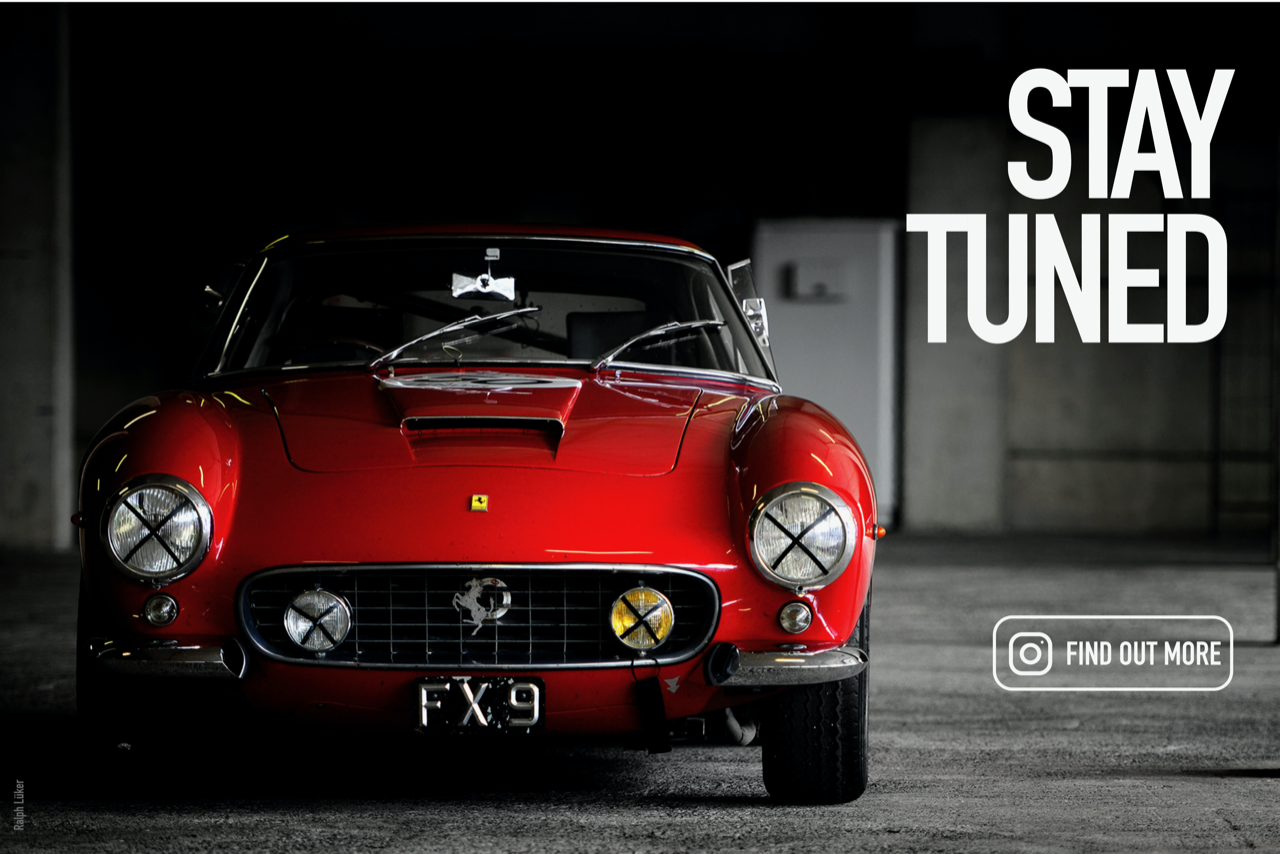When the car conquered the world, it was not long before adventurous and equally courageous drivers began to compete in speed trials. This was the birth of motor racing and with it the colouring of racing cars to show their national origin. For Germany it was the colour white and then silver, for France it was French blue. For Italy, of course, it was the colour red, which is still the basic colour of Scuderia Ferrari today.
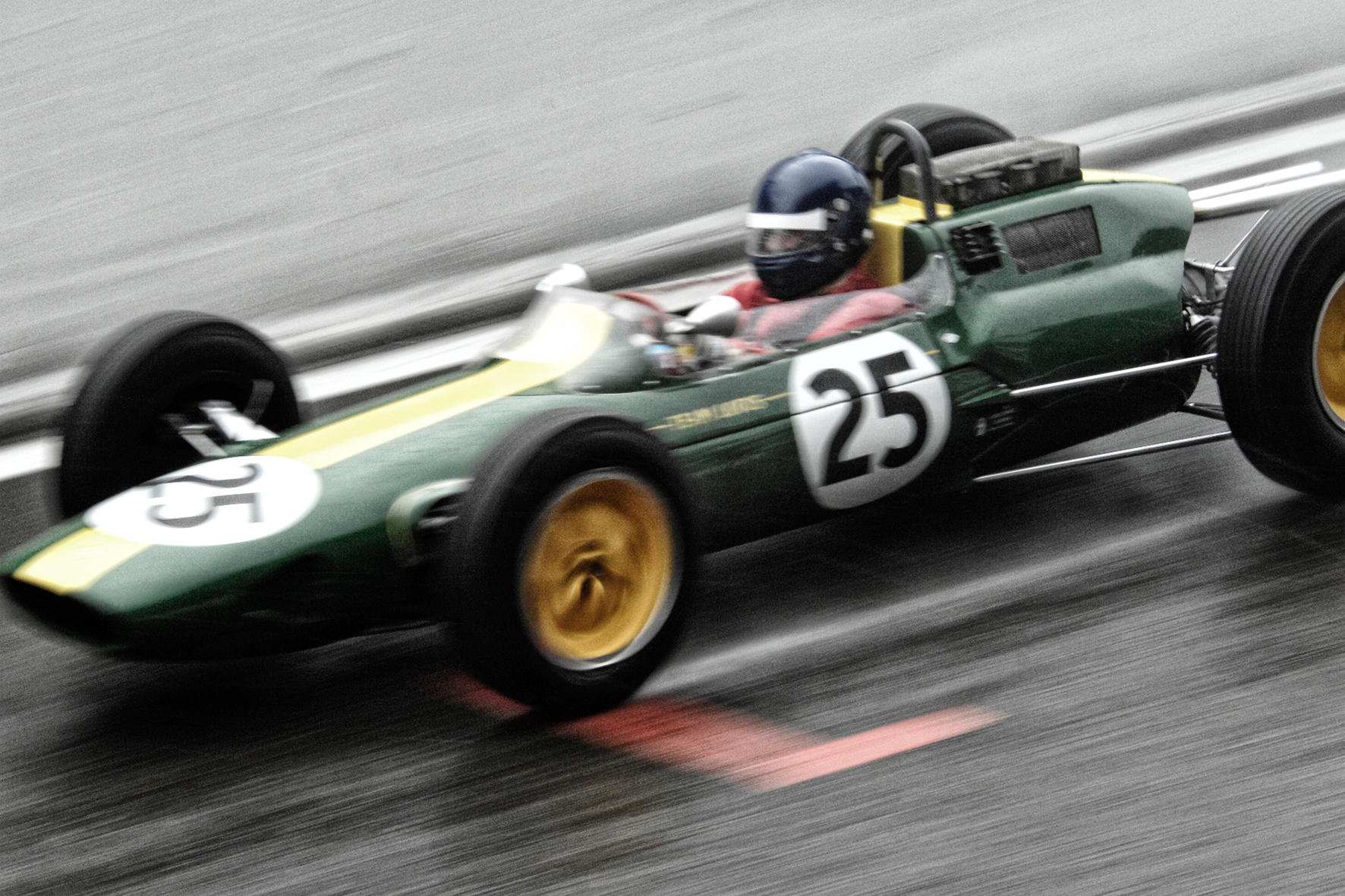
The colour for racing cars from Great Britain was green, a dark green to be precise. This green is also affectionately known as British Racing Green and the first association one might have with it is the Lotus Formula 1 racing cars from the era of the legendary Jim Clark. Decorated with a yellow vertical stripe, the Lotus F1 cars were always dark green during this period.
In fact, it was the Lotus Formula 1 racing team that, in addition to Colin Chapman’s many brilliant design ideas, was also one of the first racing teams to abandon the classic ‘national colour’ in order to compete in the red and white colours of the sponsor ‘Gold Leaf’. At the latest in this period at the beginning of the seventies, the national colour scheme of the racing cars was mostly over, as it was abandoned again and again and more often to compete in the colours of the main sponsor.
Except for Ferrari, who still compete in their traditional Italian red colour. And this despite the fact that the colour of the city of Maranello is yellow, as is the background of the Ferrari coat of arms.
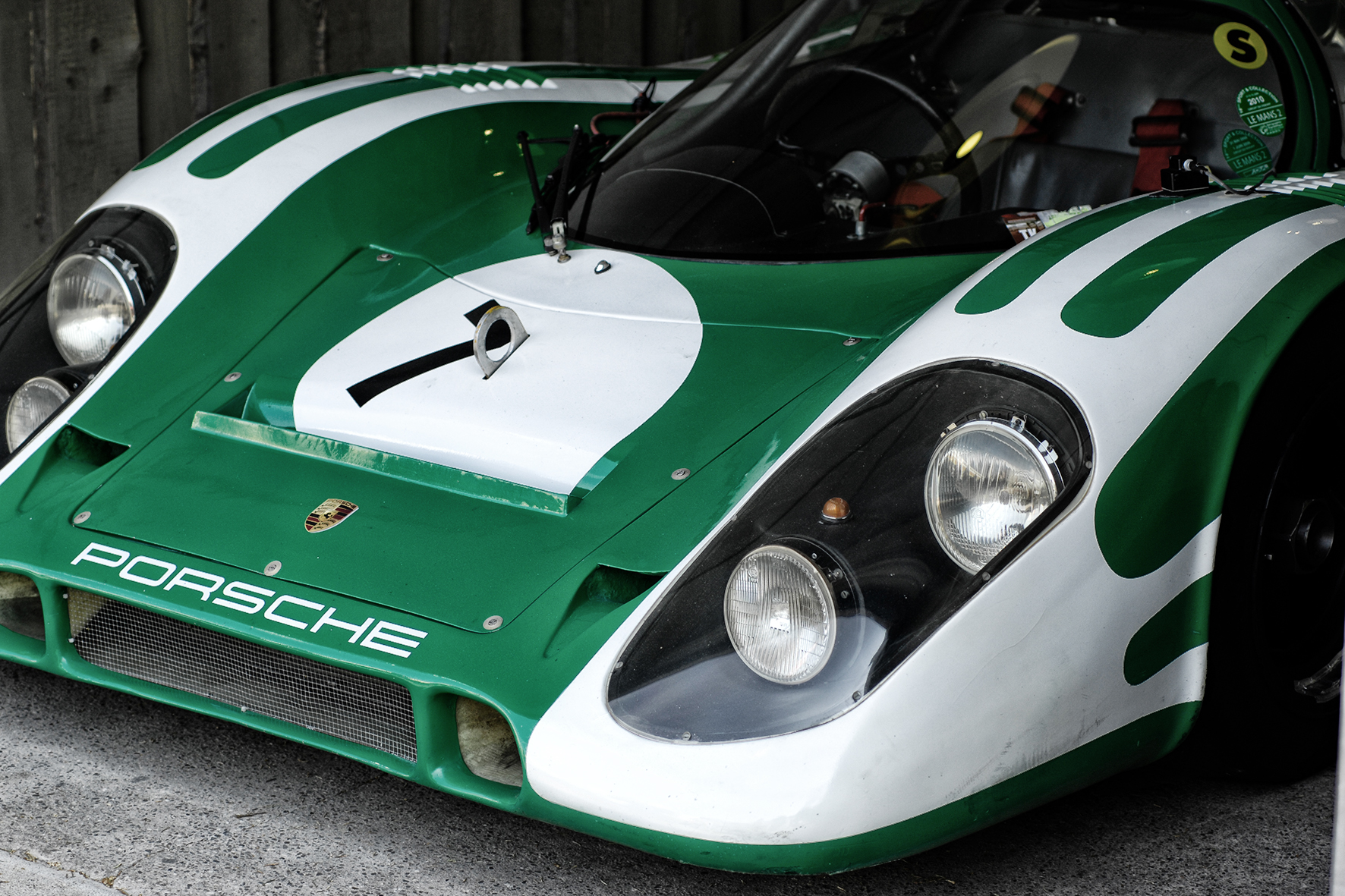
A very ‘weighty’ representative of British Racing Green were also the big Bentley Six Blowers, which in the 1920s won the 24 Hours of Le Mans in rows. It was also Bentley that made another attempt to win Le Mans in the early 2000s. The EXP Speed 8 and its successor, the Speed 8, were sent into the race for this purpose, painted in the traditional dark green with silver-coloured longitudinal stripes.
Green has a calming and natural effect. Psychologically, we associate green with life, nature, contentment, happiness and hope, but also with immaturity and poison. Colour can express a style. For me, British Racing Green is associated with the technological practicality and pragmatism that has always characterised British racing teams. Disparagingly referred to as ‘garagisti’ by Enzo Ferrari, British constructors and the teams stand for some not insignificant innovations and new directions in the design of racing cars, especially Formula 1 racing cars. Mounting the engine behind the driver in the centre of the car is just one of the pioneering ideas of the English racing teams.

But back to the classic Lotus racing cars of the sixties in the famous cigar shape, or the monocoque design invented by Lotus founder Colin Chapman. These wonderfully simple and filigree racing cars still appear today at historic motorsport events in their typical colour with large lettering of the driver’s name that you can actually read. British Racing Green is perhaps the best-known colour of racing cars, probably because it is also used today in fashion and design under the same name. Find out more about our photographer Ralph Lüker.
A colorful story – to be continued
- Part one : French Blue
- Part two : British Racing Green
- Part three : Rosso Italiano
- Part four : German White / Silver
